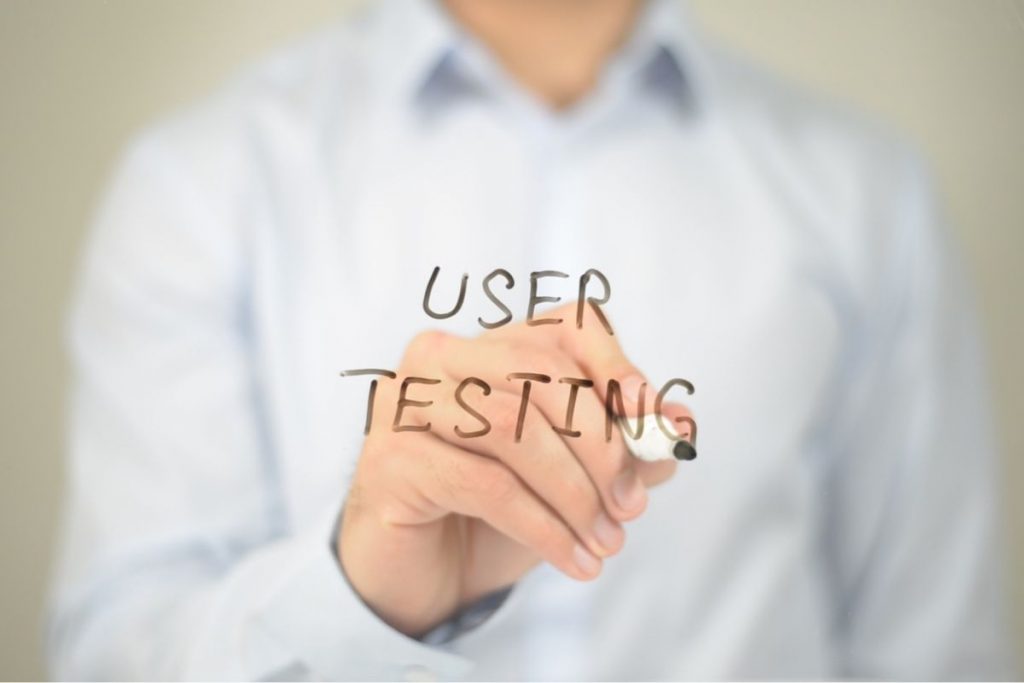You’ve built a healthcare app with genuine potential – a platform that connects doctors and patients seamlessly. But how do you know if it actually works the way your users expect? Drawing from four years of quality assurance testing on a leading healthcare platform, we’ve identified the key testing focus areas that separate successful apps from problematic ones.
Why User-Centered Testing Matters
The healthcare industry is increasingly embracing “design thinking”, a human-centered approach that goes beyond aesthetics. It’s an iterative process that challenges assumptions, redefines problems, and creates solutions built directly on user feedback. When quality assurance teams work closely with product teams, the result is an app that evolves based on what users actually need.
At SHIFT ASIA, we believe that in the high-stakes world of digital health, rigorous, user-centered testing isn’t just a phase; it’s a core component of patient safety and product success.
Six Critical Testing Focus Areas
To build trust and ensure safety, your testing strategy must be comprehensive. At SHIFT ASIA, we prioritize these six critical dimensions:
1. Usability – Does the app work intuitively for doctors, patients, and administrators?
2. Performance – Can it handle real-world demands without lag or crashes?
3. Automation – Are repetitive tasks, such as data entry or report generation, efficiently managed to reduce human error and free up staff?
4. Compatibility – Does it deliver a consistent and reliable experience across all required devices, operating systems, and browsers?
5. Security & Compliance: Does it rigorously adhere to healthcare standards (like HIPAA/GDPR) and enforce robust data protection protocols?
6. Data Integrity: Is information accurately stored, processed, and displayed, ensuring its reliability for clinical decisions?
Building Features That Deliver Real Value
Through testing, we’ve identified high-value features that drive user satisfaction:
- Doctor discovery: Allow patients to filter and select providers by qualifications and experience
- Frictionless booking: Direct hospital appointment scheduling without phone calls
- Medical history: Provide patients with secure, accessible records of visits, diagnoses, and conditions
- Health guidance: Personalized nutrition, wellness and recovery recommendations
- Medication management: Complete prescription history with easy medication restocking
- Clinical support: Tools and decision-making guides for healthcare providers
- Secure access: Fast authentication with simple permission controls
- Safe transactions: Encrypted, reliable payment processing
Beyond Bugs: Critical Errors That Risk Patient Safety
Conventional testing often misses flaws that have direct clinical consequences. Our QA experience consistently uncovers high-risk errors that erode trust and compromise safety:
- Data distortion: Values like temperature readings (38.5°C) are incorrectly rounded (40°C)
- Incomplete analysis: Clinical charts omit critical data points or misrepresent statistical trends
- Synchronization delays: Patient data takes too long to reach the doctor’s interface
- Database failures: Updates and deletions don’t propagate to the database
- Chronological Confusion: Examination dates appear in the wrong order, confusing timelines
- Missing safety guardrails: The system allows dangerous medication doses without alerts
- Identification ambiguity: No warning system for patients with identical names
These aren’t minor bugs—they’re healthcare risks that demand rigorous testing.
Setting Realistic Timelines for Safety
Bringing a secure, reliable, and user-friendly healthcare app to market is a meticulous process. From initial design to a production-ready release typically requires 6 to 12 months. This timeline encompasses the initial testing cycle, followed by essential iterative rounds of redesign, refinement, and validation. Compressing this schedule inevitably compromises both patient safety and the user experience.
Selecting a QA Partner with Healthcare Acumen
Not all QA vendors are equipped for the unique demands of healthcare. Some excel in usability but lack depth in compliance; others are performance experts but overlook critical data integrity issues. When choosing a partner, critically audit their specific competencies against your application’s priorities. SHIFT ASIA’s differentiated strength lies in our balanced expertise across all six testing pillars.
A partnership with SHIFT ASIA delivers more than a list of bugs. We provide proactive risk mitigation by catching errors early, enforcing security by design, validating system-wide compatibility, and identifying strategic opportunities to automate testing for greater efficiency and coverage.
The Path Forward: Building Trust, One Test at a Time
Quality assurance must be viewed not as a final gate, but as a continuous discipline woven into the fabric of development. Users of healthcare applications, whether patients entrusting their well-being to providers or those making critical decisions, deserve software that is fast, reliable, and secure.
By anchoring your testing process in user needs and partnering with SHIFT ASIA to maintain rigorous vigilance across all six pillars, you will build more than an app; you will build a tool that earns and justifies the profound trust your users place in it.
In healthcare, comprehensive testing is not an optional line item. It is the fundamental differentiator between an application that is merely functional and one that is truly and deservedly trusted.
ContactContact
Stay in touch with Us




